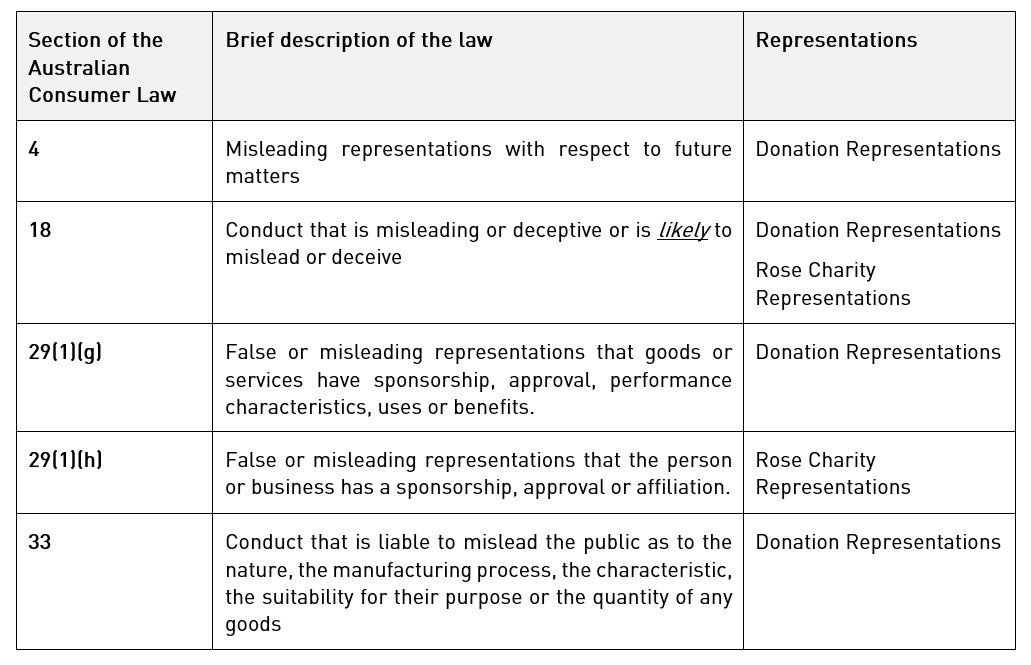Andrew Lacey
Managing Principal
National competition and consumer watchdog, the Australian Competition and Consumer Commission (the ACCC) has commenced proceedings in the Federal Court against national eyewear retailer, Oscar Wylee Pty Ltd (Oscar Wylee) for contraventions of Schedule 2 to the Competition and Consumer Act 2010 (the Australian Consumer Law).
The allegations include that Oscar Wylee engaged in misleading or deceptive conduct and made false or misleading representations pertaining to its Oscar Wylee charity initiatives, which included commitments to its consumers that “[f]or every pair purchased, a pair is donated to someone in need“.
The ACCC alleges that Oscar Wylee has fallen very short of its promises.
The ACCC allege that during the period of 13 January 2014 to 31 December 2018, Oscar Wylee represented to consumers that it would donate a pair of glasses to a person in need for every pair purchased at Oscar Wylee. More specifically, Oscar Wylee is alleged to have made the following representations:
the list goes on (Donation Representations).
The ACCC alleges that Oscar Wylee in fact only donated 3,181 glasses, despite selling 328,010 pairs of glasses during the period of 1 January 2014 to 31 December 2018. The ACCC also allege that of the glasses donated, none included prescription lenses and that Oscar Wylee only started donating glasses in significant numbers in early 2019.
In addition to the above, the ACCC is also alleging that during the period of 1 January 2014 to 31 December 2018, Oscar Wylee separately represented that it held close affiliations with Rose Charities, a charity which “helps build sustainable eye care programs in Cambodia”. The ACCC claims that a video Oscar Wylee published online from January 2014 to December 2018 represented that it was closely associated with Rose Charities (Rose Charities Representations). However, the ACCC allege that Oscar Wylee only made one donation of $2,000 and gifted 100 spectacle frames to Rose Charities in early 2014.
The relevant law which the ACCC alleges Oscar Wylee has contravened is as follows
 ‘Facing the music of the ACCC’s section 155 notice’ on these powers.
‘Facing the music of the ACCC’s section 155 notice’ on these powers.
McCabes has a wide range of experience dealing with compliance with the Australian Consumer Law. If you need advice on any area raised in this article, get in touch with us today.